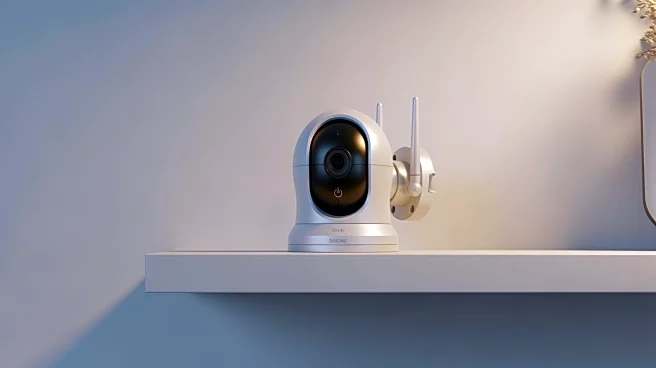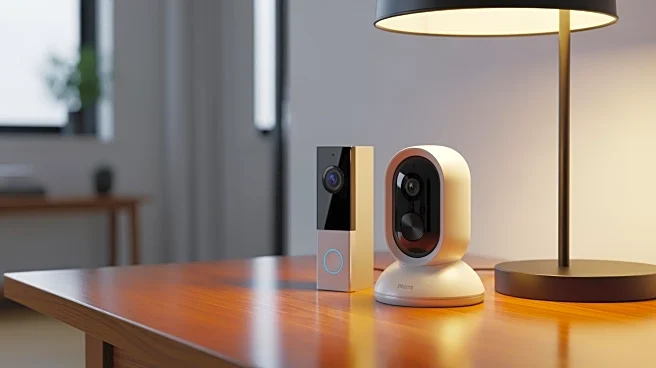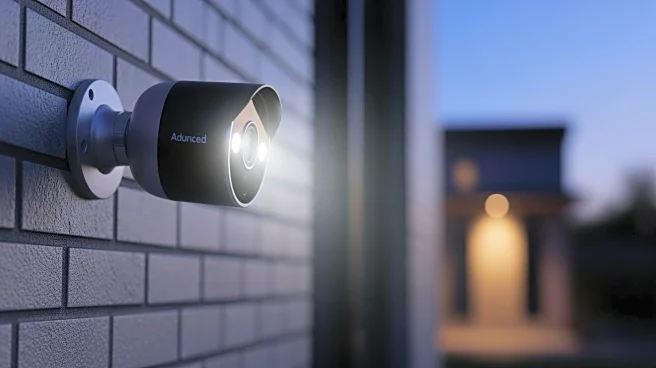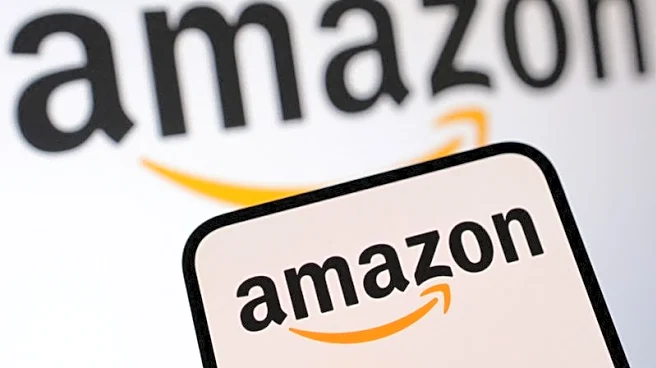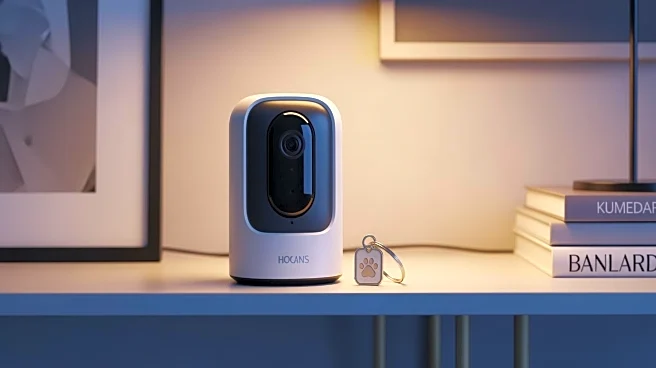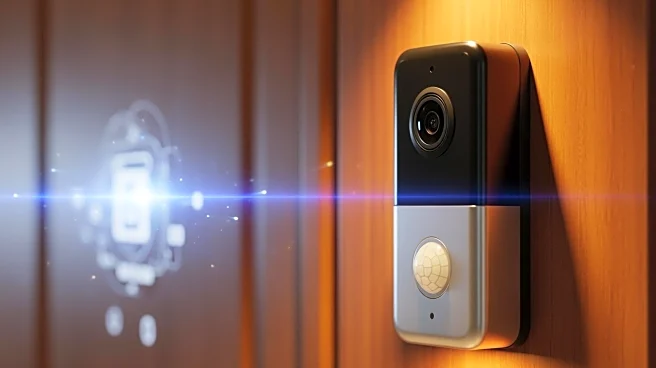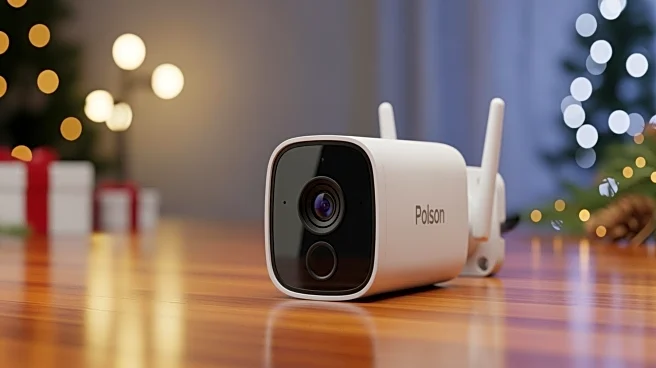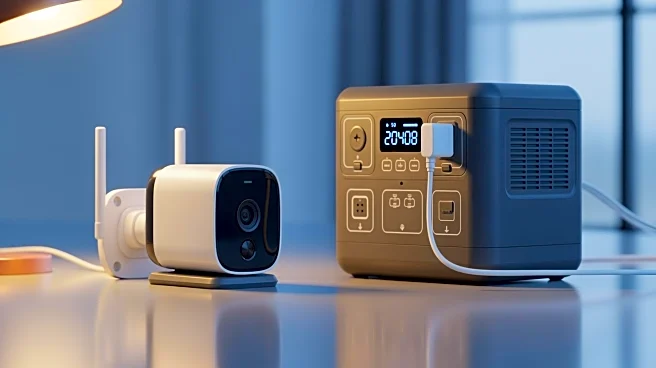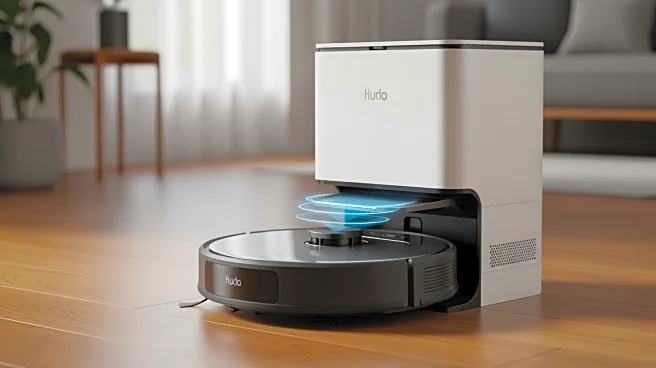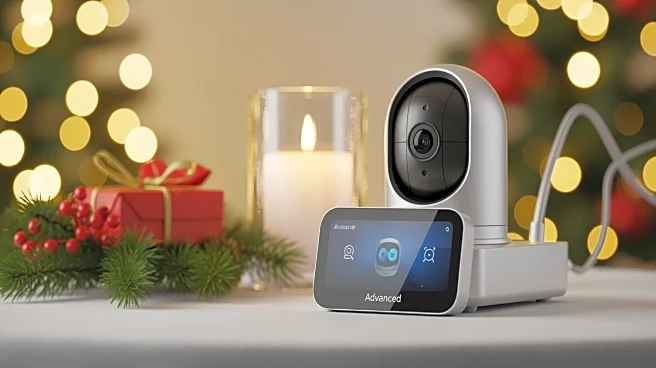What's Happening?
The Blink Mini 2, a compact and feature-rich smart camera, is now available for just $18, a significant reduction from its original price of $40. This price drop makes it an attractive option for those
looking to enhance their home security system. The camera includes features such as motion detection, two-way audio, a siren, a spotlight, and night vision, all accessible through the Blink app. It supports 1080p HD live view and color night view, and can also function as a chime for the Blink Video Doorbell. As an Amazon brand, it integrates seamlessly with Alexa and Echo devices. However, some features like person detection require a Blink Subscription Plan, which starts at $3 per month.
Why It's Important?
The affordability and feature set of the Blink Mini 2 make it a compelling choice for consumers looking to enhance their home security without a significant financial investment. The integration with Alexa and Echo devices adds convenience for users already within the Amazon ecosystem. The subscription model, while optional, offers additional functionalities such as cloud video storage and advanced object recognition, which could appeal to users seeking more comprehensive security solutions. This development reflects a growing trend towards accessible and user-friendly smart home security systems, potentially increasing competition in the home automation market.
What's Next?
As the Blink Mini 2 becomes more popular, it is likely that other companies in the home security market will respond with competitive pricing and feature enhancements. Consumers may see more affordable options with similar capabilities, driving innovation and potentially leading to more advanced security solutions. Additionally, the demand for smart home devices that integrate with existing ecosystems like Amazon's could influence future product developments and partnerships.
Beyond the Headlines
The rise of affordable smart home security devices like the Blink Mini 2 raises questions about privacy and data security, especially with features that rely on cloud storage and subscriptions. Consumers may need to weigh the benefits of enhanced security against potential privacy concerns. Furthermore, the increasing reliance on subscription models for full functionality could lead to discussions about the long-term costs of maintaining smart home systems.
